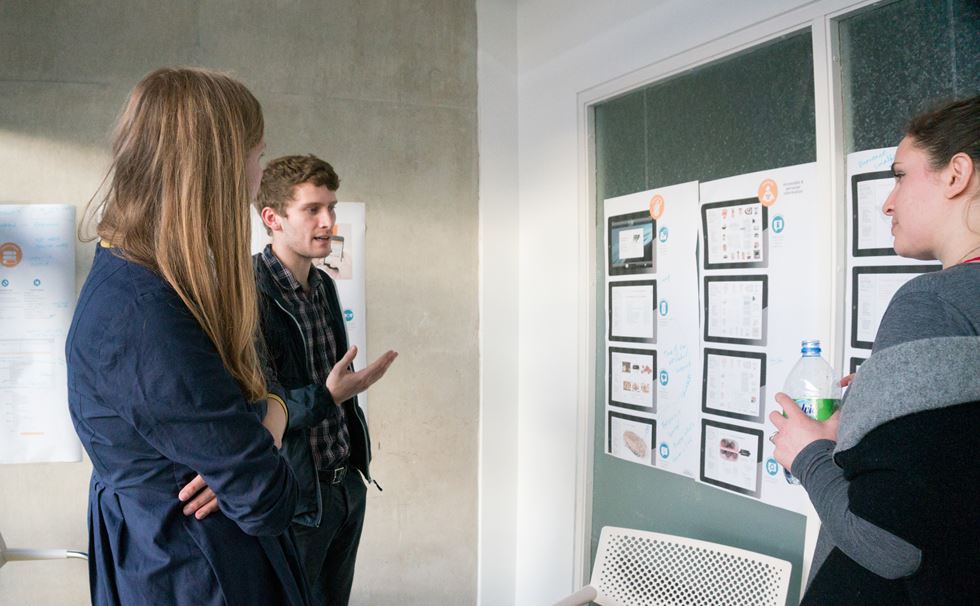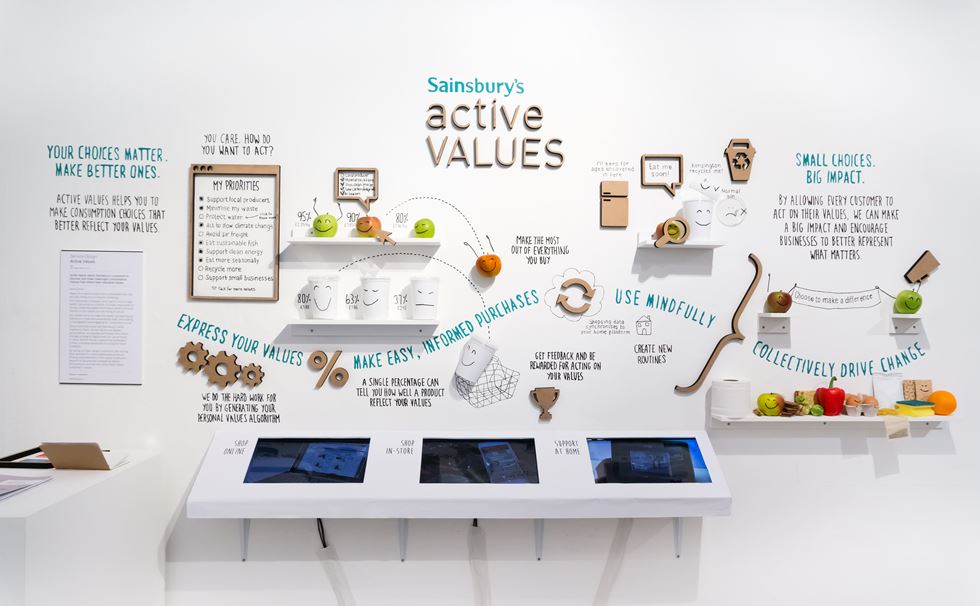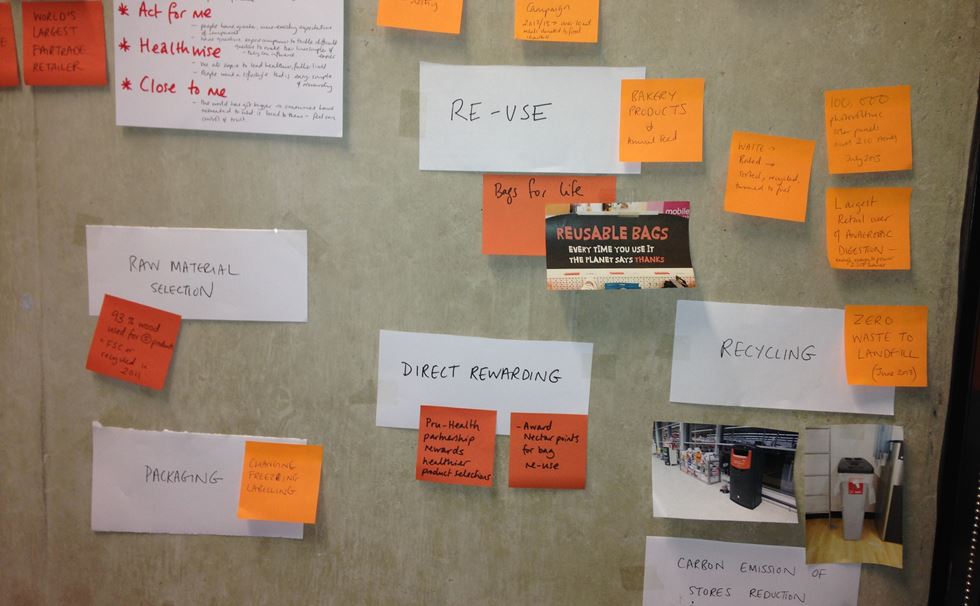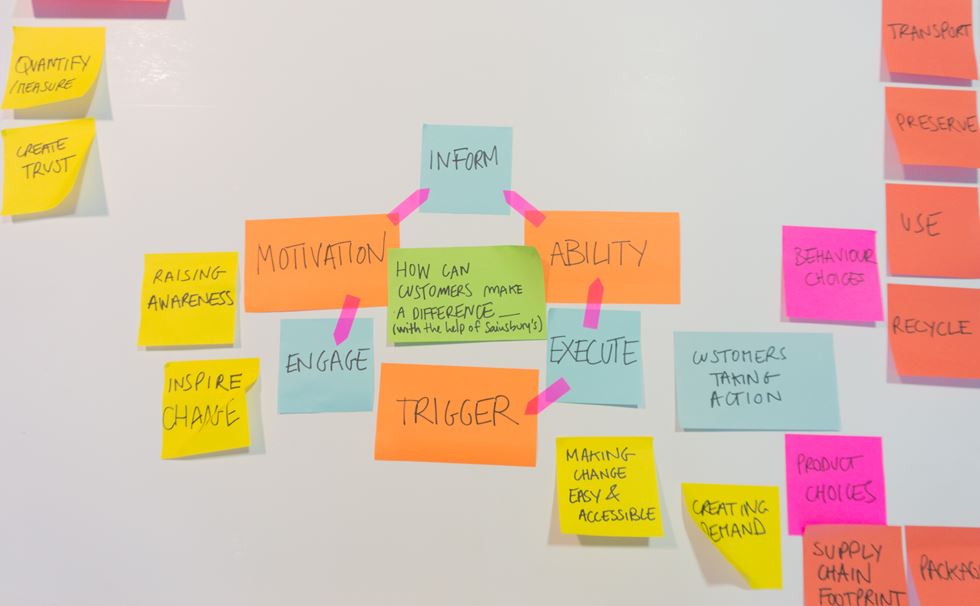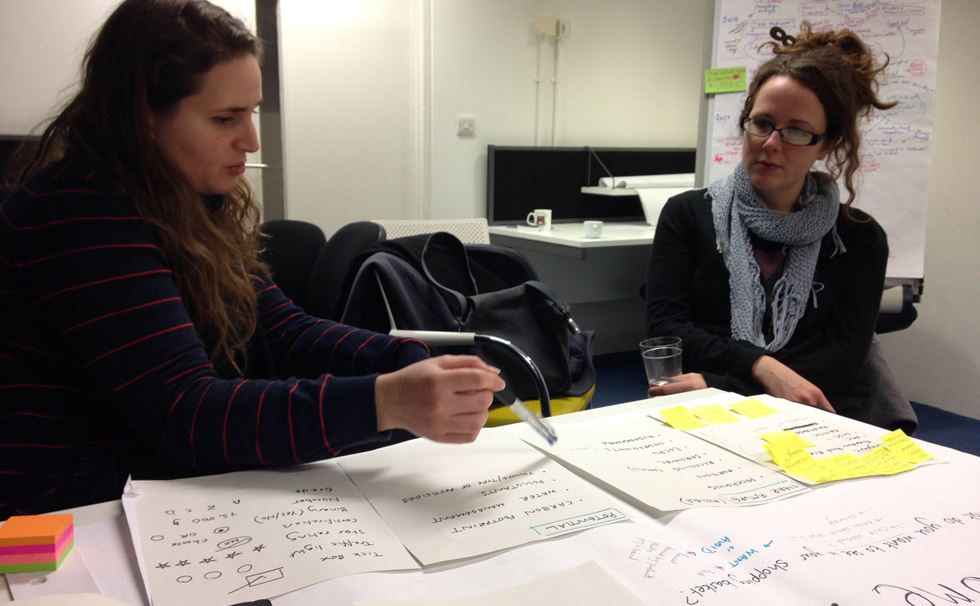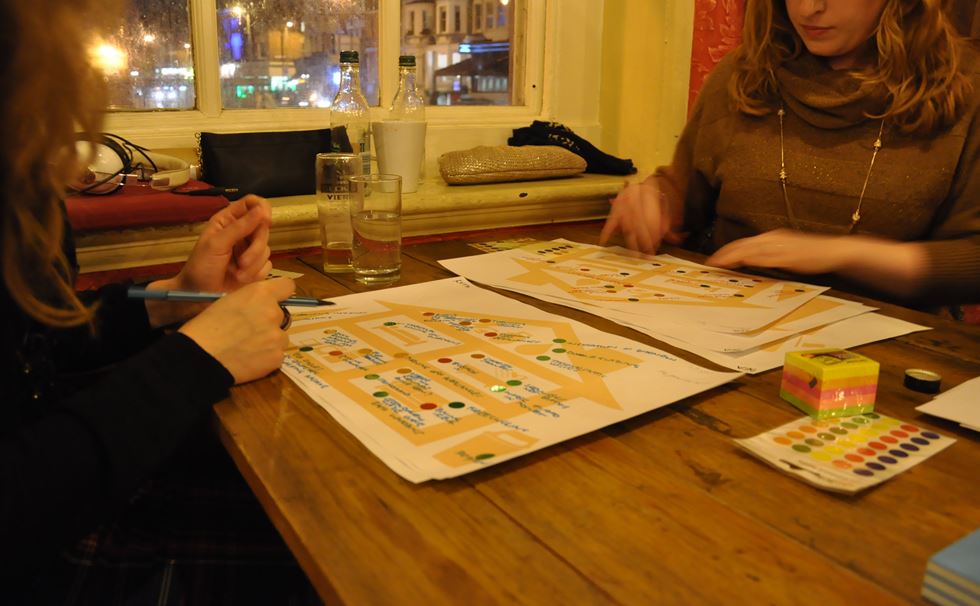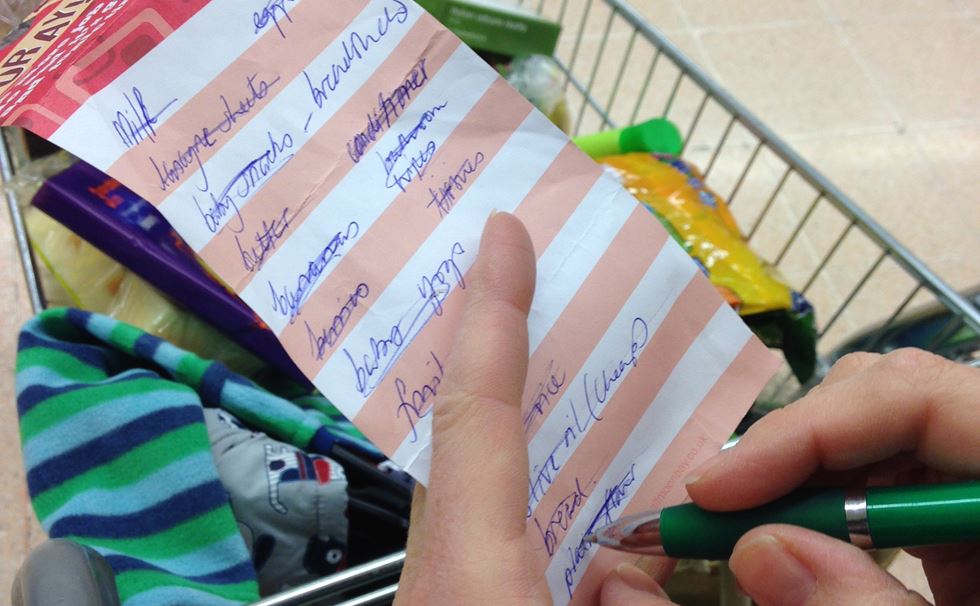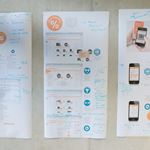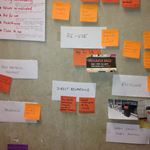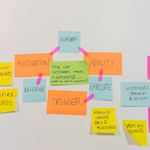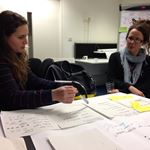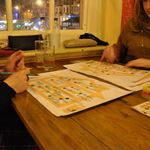Design Student resource
The resources are geared toward design students studying a wide spread of relevant courses at Further and Higher Education level, as well as recent graduates.
Using the resources
Some of the resources on this page will be especially useful for those studying A-Levels, Diplomas, Foundation programmes and others are created with an Undergraduate-level student in mind. As this resource bank grows, it is hoped it will complement the materials you have available to you at your college or university, as well as provide:
- Useful background material to support study visits to the Design Museum.
- Commissioned content from designers with celebrated professional reputations and a wide range of expertise and practical ‘know-how’.
Design professionals
Meet the designers
At all levels of education, training and practice, it is hugely beneficial to keep in touch with what your peers are doing and what has gone before. But we all know you can also get quite a boost from hearing about your role models and those reaching the top of their game, in whichever field or sector that might be .
Meet a selection of the professional designers who have worked with or shown at the Design Museum in recent years, and find out more about their story. What made them seek out, or tumble in, to a career in design? What is their vision, what do they want to achieve with their work? How do they go about this?
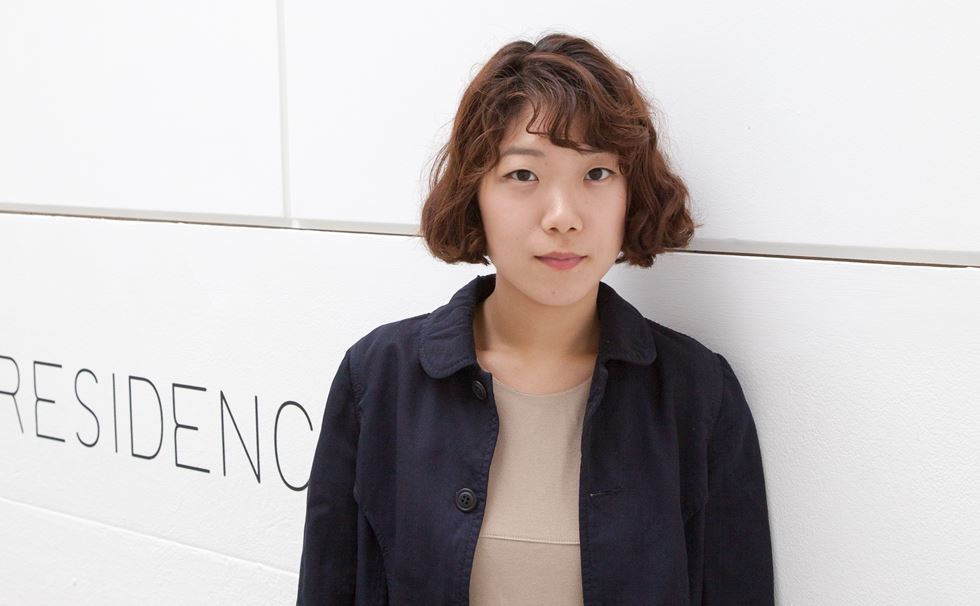
Eunhee Jo
Lighting Designer (Designer in Residence 2013)

Christian Louboutin
Footwear Designer (2012 exhibition)
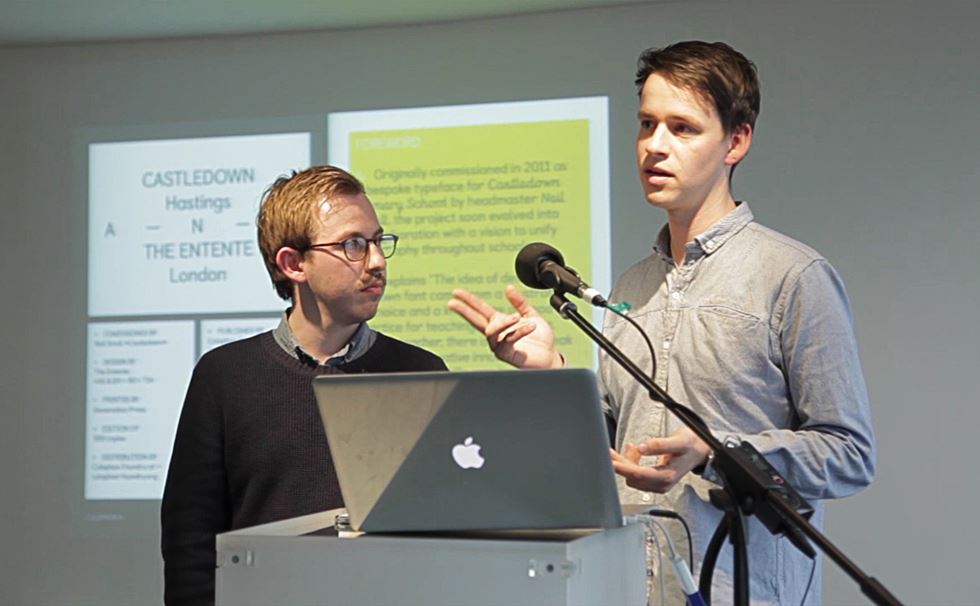
The Entente
Graphic Designers (Designs of the Year 2014)
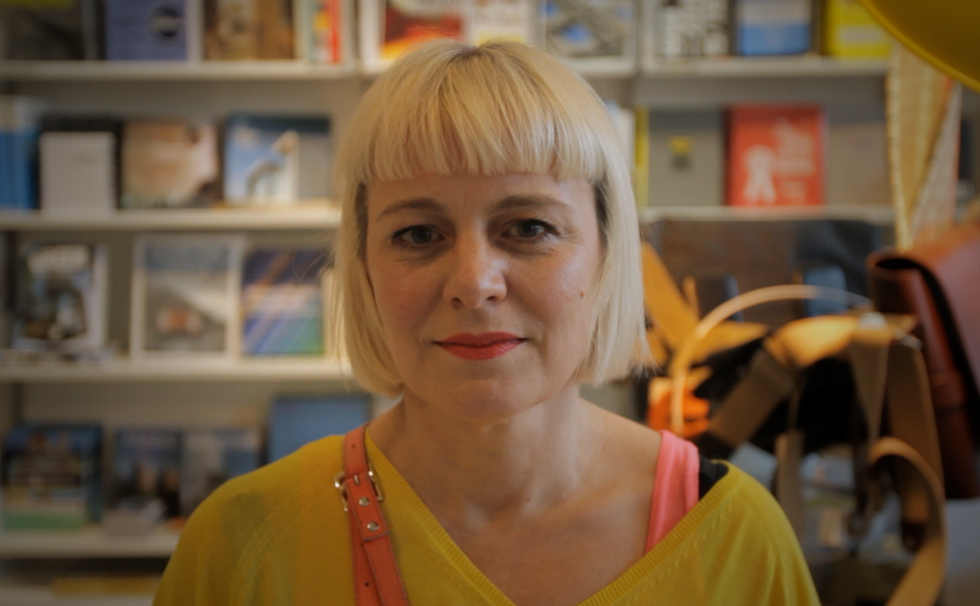
Morag Myerscough
Graphic Designer (DM25 and Collection Lab)
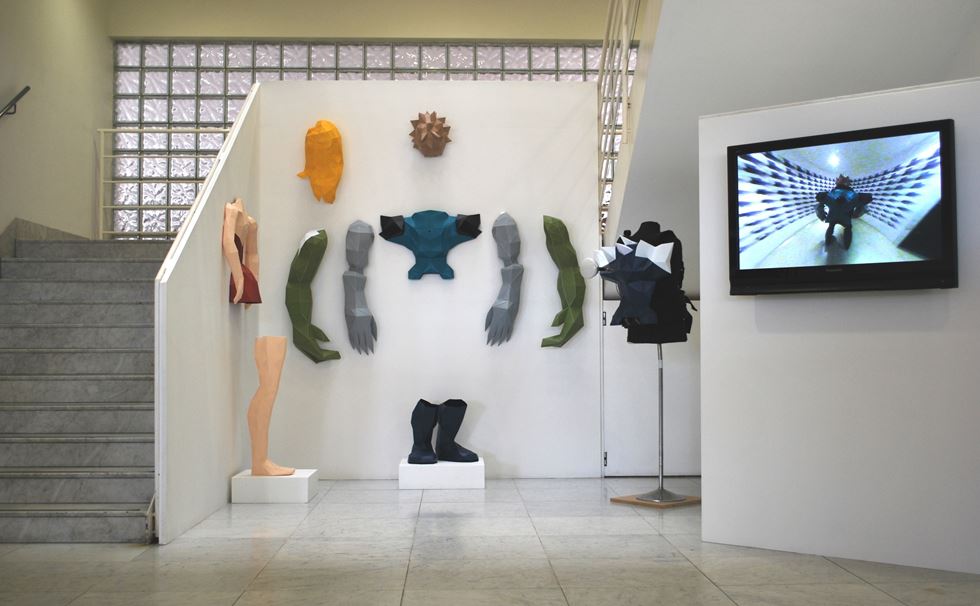
Marc Owens and Freddie Yauner
Product Designers (Designers in Residence 2008/9)


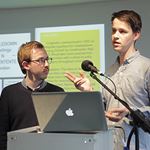
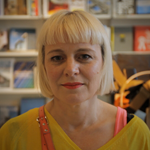
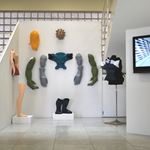
Contemporary design careers
The need to succeed: preparing for your transition to work as a designer
Either as employees, freelancers or business owners, designers developing their careers today need exceptional resilience and determination to succeed, like many other desirable professions. But what else helps them get ahead? What specific or transferable skills make the difference in securing the opportunities they want?
How do professional designers get ahead in todays complex economic landscape?
If you are currently studying for a pre-degree design qualification, HND, apprenticeship or other relevant programme, you may now be looking ahead to your next steps into further training, education or employment. The Design Museum is working with emerging and mid-career designers on a new series of career-related resources to inspire and support students preparing for their own transition to work in the industry.
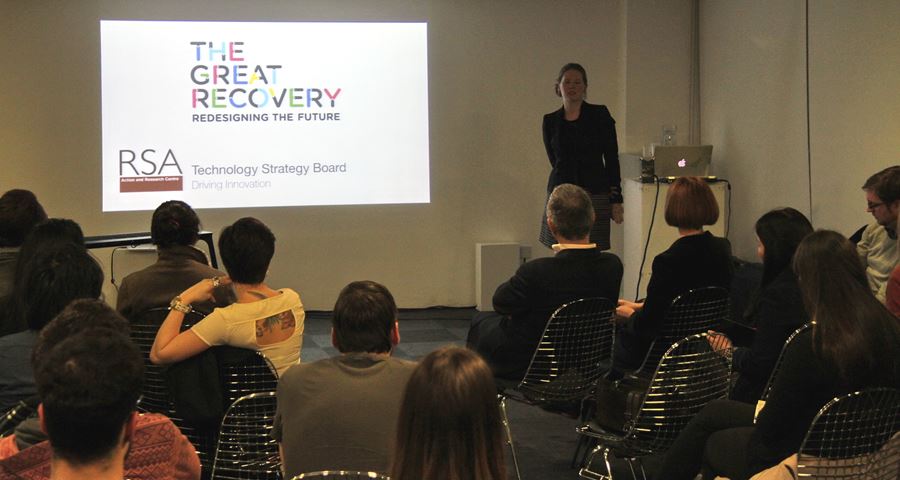
The Annotated Design Career: Stephanie Hornig
Designer in Residence, Stephanie Hornig has shared her design career story through the lens of ‘prototyping.’ Her resource features a summary of the role of prototypes in four different types of project throughout her career to date, which has included self-generated projects, large design companies (BarberOsgerby) and a range of smaller contracts and internships.
Download her resource, to learn more.
Watch this space for more resources sharing designers' tips of different design tools as well as job application strategies for creative industry careers.
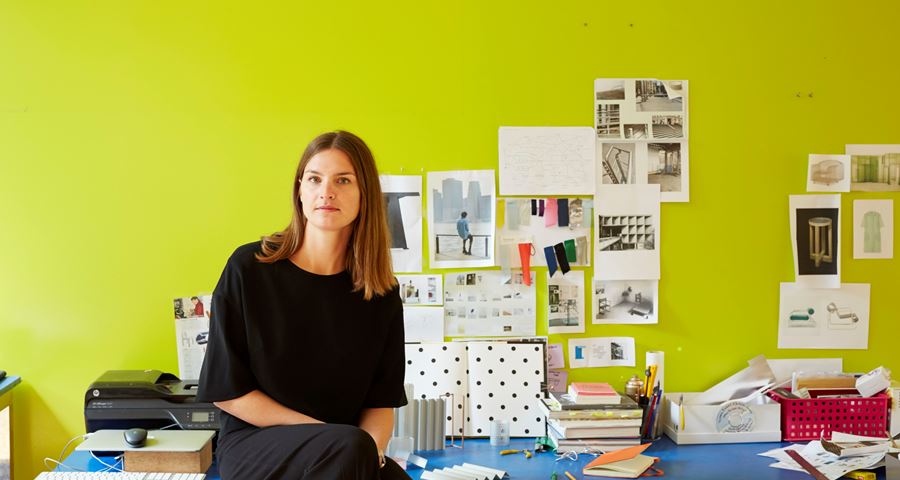 Download Stephanie's Resource: Annotated Design Career | Using Prototypes
Download Stephanie's Resource: Annotated Design Career | Using Prototypes
DESIGN METHODS & APPROACHES
How do professional designers really design?
Design thinking, methods and process are often grappled with in Design Museum exhibitions, such as the Inside the Designs app available to Designs of the Year exhibition visitors (available until 31 March). Nonetheless, it can be difficult to show the full complexity of processes without the designer, and other stakeholders in their work, being there to tell the story of how it really happens ‘on the ground,’ warts and all. This is where the 'Design Thinking in Practice' series for students comes in.
Design Thinking in Practice
In this new case study series, the Design Museum invites designers to unravel a project that has been somehow important to them, or is most typical of the way they work. The resulting degree-level student resources aim to share insights about design thinking and method, as they are used and adapted practically 'in the field'.
Case Study: Marion Ferrec on 'Disclosed'
This brand new resource in the series has been developed with Marion Ferrec, a Service Designer trained at the Royal College of Art. Marion’s final MA Service Design project evolved way beyond her initial expectations, and received critical attention through its nomination in Designs of the Year 2015. In this case study, she breaks down the critical moments and phases of the project, working with corporate stakeholders and conducted user research, to deepen students’ understanding of the challenges and opportunities of these as part of a professional design practice.
“User interviews are the core of understanding the people you’re designing for. They enable to build empathy and unlock insights through conversations about a person’s lifestyle, mindset, experiences, behaviours and needs..” – Marion Ferrec, lead designer of ‘Disclosed’.
